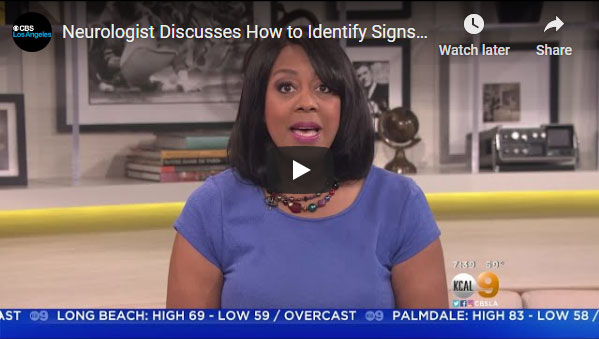Spinal Stenosis Overview
Symptoms Of Spinal Stenosis
Symptoms vary depending on the location of the narrowing. In the neck, spinal stenosis compromises the spinal cord. Initially, neck pain followed by arm pain, numbness of hands and arms are some of the early presenting symptoms. Progressive pressure on the spinal cord can lead to loss of balance and disturbances of bowel and bladder function, with weakness in the arms and legs. Additionally, patients can have difficulty with fine motor function of the hands, such as handwriting or buttoning a shirt. This constellation of symptoms is known as myelopathy.
Causes Of Spinal Stenosis
In younger individuals, usually a disc herniation is the primary cause of spinal stenosis. Later in life, loss of disc height, overgrowth of the ligaments and joints that surround the spinal canal are the culprit. Repetitive trauma to the disc causes loss of disc height and buckling of the tough band around the disc. Similarly, the laxity of the ligaments in the back of the spinal canal push in and further contribute to the narrowing of the spine. Other causes of spinal stenosis may include:
- Bone Overgrowth. Wear and tear caused from osteoarthritis on the spine can lead to bone spurs forming, which can grow in to the spinal canal.
- Herniated Discs. The soft cushions between your vertebra that function as shock absorbers tend to dry out with age. Cracks along the disc’s exterior can allow some of that soft inner material to escape and put pressure on the spinal cord or nerves.
- Thicker Ligaments. The ligaments that act as chords that aid in holding the bones of your spine together become stiff and thick with time. Those enlarged ligaments can bulge into the spinal canal.
- Tumors. Abnormal growths can develop inside of the spinal cord. These growths are rare and can be identified on spine imaging with an MRI or CT.
- Spinal Injuries. Injuries and trauma can affect the location or cause fractures on one or more vertebrae. Displaced bone can damage the inside of the spinal canal. Additionally, the swelling of tissue near or around the can add pressure to the spinal cord or nerves.
Diagnosis Of Spinal Stenosis
Diagnosis is based on the presenting symptoms. Because of its gradual nature, spinal stenosis is suspected with gradual worsening of pain, numbness or general functional decline. X-rays, CT scan and MRIs are helpful tests to evaluate and correctly diagnosis this condition.
Spinal Stenosis Stenosis Los Angeles & Beverly Hills Treatment Options
Rest, bracing, over-the-counter pain medications and weight management are some of the early interventions. With worsening pain or onset of muscle weakness and difficulty with walking, the next tier of treatment is directed by a spine specialist. It may involve pain management injections, physical therapy or surgical decompression. Unfortunately, once patients show signs of myelopathy, often only a surgical approach is recommended to relieve the pressure on the spinal cord. Get the best treatment for spinal stenosis Los Angeles and Beverly Hills has to offer with Yashar Neurosurgery. Dr. Yashar and the team at Yashar Neurosurgery offers cervical laminectomy, ACDF and cervical laminoplasty for surgical options in treating cervical spinal stenosis.






Cervical Spinal Stenosis
Overview
Cervical spinal stenosis is classified by the condition occurring in the part of your spin in the neck area.
Symptoms
- Numbness or tingling on the hand, arm, foot, or leg.
- Weakness in the hand, arm, foot, or leg.
- Difficulty and problems with walking and/or balance.
- General neck pain.
- In more severe cases, urinary incontinence can occur.
Lumbar Spinal Stenosis
Overview
Lumbar spinal stenosis is classified by the condition occurring in the part of your spin in the lower back area.
Symptoms
- Numbness or tingling on the foot or leg.
- Weakness in the foot or leg.
- Unusual pain or cramping in one or both legs when standing or walking for long durations.
- General back pain.


